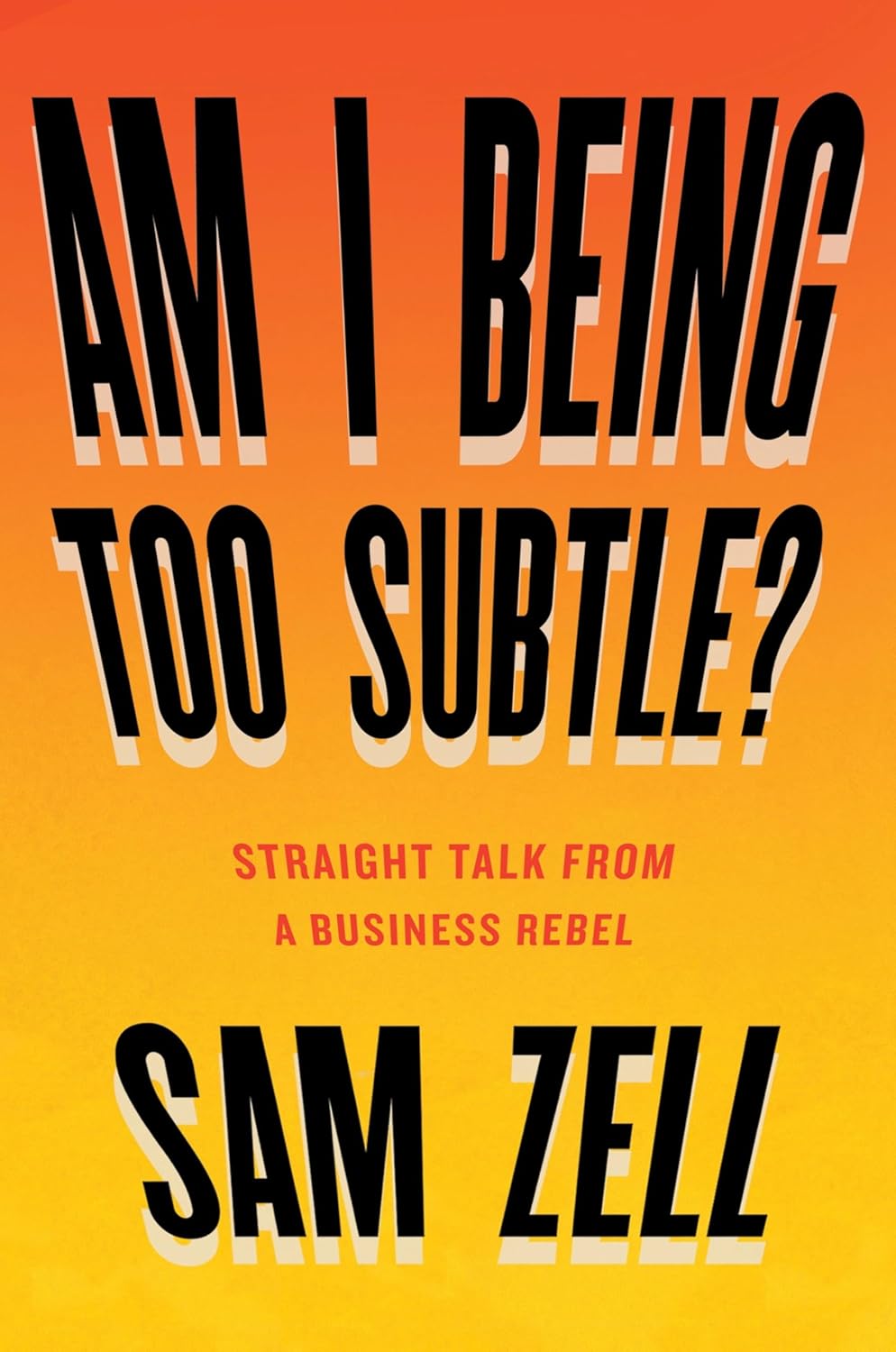Sam Zell Part 3: Transition to Professional Opportunist
In the 1970s, Sam Zell refined his business principles to the following:
- If an opportunity has a large downside and minimal upside, steer clear—and if it has a minimal downside and large upside, go after it
- Make sure you’re getting paid sufficiently for the risk you take
- Never risk what you can’t afford to lose
- Keep it simple: the more steps, the more opportunities to fail
He also refined his thinking on supply and demand:
- Opportunity is embedded in the imbalance between supply and demand
- Both rising demand against flat or diminishing supply and flat demand against shrinking supply create opportunistic imbalances
According to his autobiography, Sam’s refined thinking led him to realize that his thesis of investing in high-growth second- and third-tier cities had run its course. Other investors had recognized the opportunity, so more capital was chasing these properties, increasing prices and reducing returns. By 1973, Sam realized that the supply/demand imbalance in commercial real estate was getting extreme. Easy money had led to more development and too much supply, which Sam predicted would decrease rental rates. At the same time, a recession was beginning, which would reduce demand. In short, supply was increasing rapidly and demand was about to start decreasing.
Sam sold his properties and started stashing cash to take advantage of the crash he thought was inevitable. He also launched First Property Management Company to focus on managing distressed properties. Until the market crashed twelve months later and Sam was buying properties at 50% discounts, everyone thought he was insane.
Between 1974 and 1977, Sam used a creative strategy to purchase $4 billion worth of properties with $1 down per property. He borrowed at a roughly 6% fixed interest rate while inflation was 9% or higher—so he was making 3% the second the deals closed. He realized the real money in real estate is made from borrowing at a long-term fixed rate in an inflationary environment, which increases property value and rents and depreciates the value of the loan.
Sam became known as the grave dancer because he bought at deeply discounted prices when others were afraid. But he viewed it as an opportunity to resurrect properties with potential. His low entry price drastically reduced his downside risk and increased his upside potential. This perspective gave him the conviction to bet heavily and be contrarian.
In the 1980s, Sam saw overdevelopment in real estate again but believed the sector had structurally changed. He realized that his business principles and focus on supply and demand could be applied to companies, too, not just real estate. Setting a goal to have 50% of his investments not be in real estate by 1990, he bought distressed companies that had borrowed too much but owned lots of assets like plants and machinery. A weakening economy provided him with ample businesses that fit his criteria and that other investors didn’t want to invest in. He went on a deal spree. In the book, Sam discusses the deals for several public companies he bought entirely or partially.
During this period, Sam also learned that businesses reliant on borrowing benefit from understanding the motivations of their lenders and their methodologies for issuing loans. Doing so led to companies Sam owned offering financing to buyers. At that time, having these loans on their books allowed Sam’s companies to borrow more from banks, which was counterintuitive.
During this period, Sam sharpened his understanding of risk, business, and supply and demand, which led to his transition from real estate investor to investor. When asked what he did for a living, Sam began confidently saying, “I’m a professional opportunist.”
This new outlook would profoundly affect the rest of his career, but first, he’d have to survive some challenging times.
Prefer listening? Catch audio versions of these blog posts, with more context added, on Apple Podcasts here or Spotify here!




